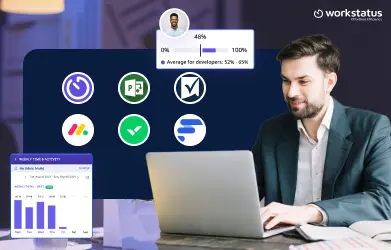Table of Contents
Let’s face it, employee misbehavior has been around since the beginning of time and will continue to happen as long as businesses and organizations exist. At one point, this issue was a lot more manageable, but with the popularity of social media and technologies that allow employees to record and share information quickly, companies face significant threats that have made it extremely difficult to manage employees effectively without serious repercussions.
Employee issues in the workplace can be caused by misconduct, including prejudice, harassment, poor performance, intimidation, and interpersonal disputes.
Workplace issues are prevalent, yet they can be expensive. Equal Employment Opportunity Commission (EEOC) witnessed almost 14% more sexual harassment suits in 2018 than 2017. As a result, businesses paid $56.6 million in compensation to victims.
Complex company situations frequently necessitate the analysis and discovery of enormous quantities of digital data.
That’s where artificial intelligence (AI) can help. AI is not only about advanced robots. This powerful technology can help businesses solve this problem once and for all by detecting employee violations quicker than ever before.
Read the full blog to understand how AI can detect employee violations quicker-
What is Artificial Intelligence (AI)?
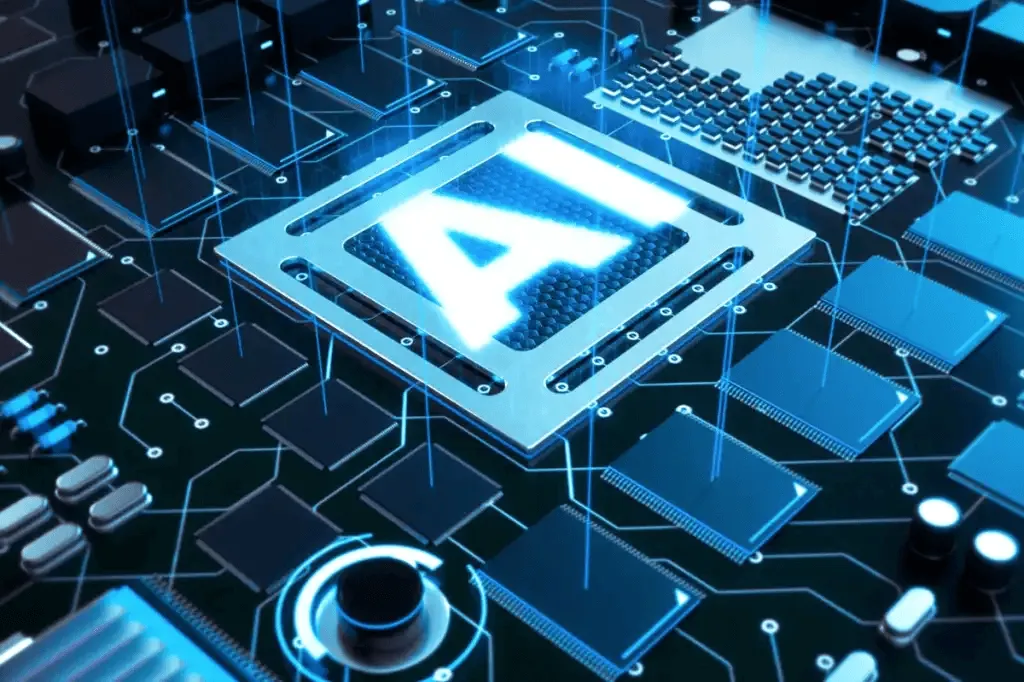
Artificial Intelligence (AI) creates intelligent machines that work and react like humans. Examples of AI applications are face recognition, machine translation, decoding, and providing recommendations.
It is because human intelligence can be delineated into specific cognitive tasks, and these tasks can be simulated by artificial means. AI research aims to synthesize these tasks – de-biasing, accelerating, or scaling them – through efficient algorithms implemented on fast computing hardware. This results in an intelligence spark that lights up intelligent behavior in everyday objects and rises to new smart products and services.
The promise of AI has always been to make our digital assistants more human-like so they can better understand and respond to our needs. Several AI technologies now exist that contain a set of capabilities, such as speech recognition, natural language processing, and image recognition, which can be deployed in many use cases.
Some examples of how AI is used in everyday life include:
- Digital voice assistants such as Amazon Alexa, Apple Siri, and Google Assistant are powered by AI technologies that enable them to understand and respond to human speech.
- Face recognition software is used in many consumer products, such as smartphones and social media apps, to tag friends and family in photos.
- Many email providers use AI to filter spam messages and prioritize essential emails.
- AI is used in self-driving cars to detect and respond to objects on the road.
- AI technologies are used in healthcare to diagnose diseases, develop personalized treatments, and improve patient care.
- Many online retailers use AI to recommend products to customers based on their previous purchases.
—————————————————————————————————————————
Also Read: How To Measure Productivity Of Employees
—————————————————————————————————————————-
Understanding The Benefits Of Artificial Intelligence (AI)

There are many benefits of artificial intelligence (AI), but some of the most noteworthy ones include its ability to improve efficiency in various tasks, its potential to automate decision-making processes, and its capacity to enhance our understanding of complex data sets.
AI helps us optimize existing processes and speed up decision-making by automating tedious or time-consuming tasks. For instance, if you’re filling out a form online, the chances are that you’re interacting with an AI chatbot that has been programmed to ask you specific questions. This type of automation can save individuals and businesses a lot of time.
In terms of business decisions, AI can establish rules and helpful guidelines based on historical data or consumer trends. This helps managers make informed decisions without spending too much time researching or analyzing data.
Additionally, AI can help us understand and analyze complex data sets more easily than humans. For example, some organizations may use predictive analytics to identify trends in their sales or marketing data they might never see on their own. By doing this, they can make better decisions about where to allocate their resources.
Overall, AI provides several benefits that can be extremely helpful in our personal and professional lives. As technology continues to evolve, we can only expect the potential applications of AI to grow exponentially.
Top 8 Ways In Which AI Can Help In Detecting Employee Violations

1. Real-time monitoring of employee behavior and activities
Using AI-based software to help with monitoring employee activities and behavior can create peace of mind, as it provides you with data on what your employees are doing every moment they’re in your office.
AI is more than capable of analyzing high volumes of data, tracking and identifying suspicious activity instantly, and even pinpointing employees who may be at risk of hurting themselves or others.
Depending on how you choose to use it, it can help lower stress levels for both managers and workers by assisting them in avoiding potentially dangerous situations early on. It’s also suitable for HR departments that need to keep track of their teams because AI-powered monitoring software can generate reports in real-time, so they don’t have to wait until after business hours to check up on an employee.
2. Detection of abnormalities and suspicious patterns of behavior
Even in a large organization, it’s challenging to detect or identify anomalies and malicious behavior by just looking at transaction data.
Humans can sometimes get overwhelmed with large volumes of data, and organizations can’t rely on manual detection alone in certain situations.
Instead, they need AI to complement their existing mechanisms and help them detect anomalies and suspicious behavior patterns as soon as possible.
For example, AI algorithms can help detect frauds related to wire transfers within hours of an incident, which is often impossible with manual review.
Further, machine learning algorithms help automate many fraud detection processes and make them more accurate.
Try the best workplace analytics software for detailed workplace investigations and protect the rights of employees-
3. Automated identification of potential violators- reconsider
Automated identification of potential violators will help reduce risks for employers, prevent lawsuits, and stop bad hires before they happen. The technology relies on data analysis and algorithms to identify employees who are likely to violate company policies or procedures.
This type of early detection can save you time, money, and stress in hiring by streamlining checks for applicants’ history or credit scores.
Advanced systems can also spot spikes in online activity that may indicate an imminent departure from your organization—and they can predict whether someone is likely to be fired based on their social media behavior.
4. Analysis of data to identify trends and patterns
There are two basic types of data that artificial intelligence technology can collect from employers—general and specific.
General data includes information about things like timekeeping, punctuality, employee absences, sick days, overtime, etc.
Specific data refers to information about individual employees, such as job roles, salary changes, promotions, or disciplinary issues. The power of artificial intelligence is in its ability to read both sets of data at once and identify trends and patterns that human eyes might otherwise overlook.
5. Prediction of future violations based on past behavior
It’s not always easy to understand how people will behave in future situations; thousands of factors influence our actions.
AI can help assess your employees based on their performance over time, giving you crucial insights into whether or not they are likely to continue doing well in a given role.
When used appropriately, AI provides information that can be very difficult for humans to discern.
It’s essential not to forget that just because something is difficult for us doesn’t mean it should be off-limits; as humans, we need to make use of every tool at our disposal if we want to progress, and it’s part of what makes AI so powerful—it gives us the information we wouldn’t otherwise have access to.
6. Identifying relationships between employees and outsiders that may lead to violations
Human Resources departments have a huge challenge of overseeing every relationship between employees and outside entities. This is even more difficult as new relationships often aren’t identified until after they have already occurred.
With AI, businesses will identify these relationships automatically and take action before any issues arise.
The combination of data from various platforms that a person uses for communication, such as emails, text messages, and social media interactions, will better identify such activity by revealing patterns that are more difficult to detect with human review alone.
Plus, machine learning capabilities to detect potential violations will improve with time as more information is analyzed.
7. Provision of detailed reports on findings and recommendations for further action
Given how much AI is now impacting different areas and departments, it’s not difficult to see why it has become a powerful tool for compliance monitoring.
AI can help ensure that employees comply with internal policies and external laws by eliminating as much human error as possible.
For example, one investment bank used AI technology to analyze hundreds of thousands of documents each month to detect potential illegal behavior.
This approach saved time and money while providing more detailed reporting on findings than was previously possible.
Of course, AI isn’t a cure-all solution for employee violations; additional monitoring or supervision might be required in some cases.
8. Assistance in investigation and enforcement processes
AI can augment and expedite enforcement processes by quickly processing large volumes of data, finding patterns, and connecting that data to existing evidence.
At a high level, an AI tool can monitor non-compliance in real time by examining available information – whether it’s social media posts, emails, or audio recordings – for potential violations or problems.
Since humans are usually involved in these investigations, AI can complement their efforts with speed and thoroughness.
However, AI isn’t quite able to take on other aspects of enforcement processes, such as hiring employees or evaluating applicants; those human elements will still be needed.
But when it comes to enforcing existing laws against wrongdoing, AI is poised to help make compliance more effortless than ever before.
Workstatus- The Powerful AI- Tool To Detect Employee Violations Quicker
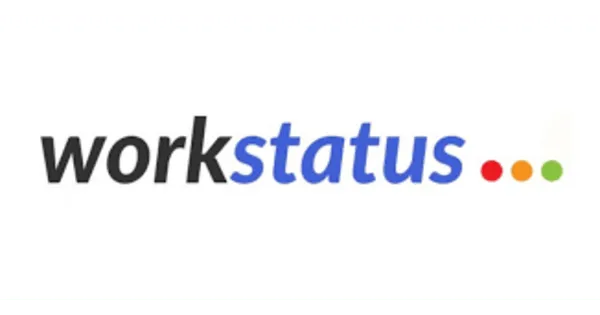
Workstatus is a great AI-powered workforce management software because it allows managers to detect employee violations and thefts quickly. Here are six key features that make Workstatus an AI-based powerhouse:
- Automated time tracking: With Workstatus, you can automatically track the time your employees spend working on specific tasks. This data can identify possible rule violations and prevent them from happening in the future.
![]()
- Activity monitoring: In addition to tracking time, Workstatus also monitors employee activities like apps and websites visited by employees during working hours. This information can pinpoint slacking employees and address the issue before it becomes a bigger problem.
![]()
- Face detection: One of the unique features of Workstatus is its ability to detect and record employees’ faces. This data can identify possible rule violations, such as employees working from home or another unauthorized location.

- Screenshot monitoring: With Workstatus, you can also take screenshots of employee activity during work hours. This feature allows you to see exactly what your team is working on and ensures that they are staying on task.
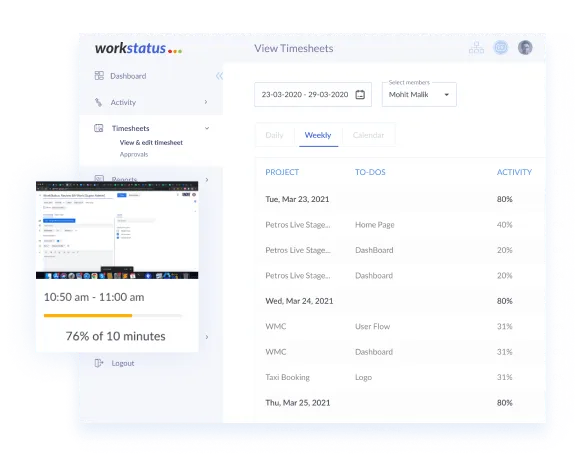
- GPS tracking: Workstatus’ GPS tracking feature pinpoints an employee’s exact location. This information can confirm that employees are not working from home or at another unauthorized location.
![]()
- Reporting and analytics: Finally, Workstatus provides detailed reports and analytics of employee activity. This data can identify trends in time theft and policy violations and predict future patterns.
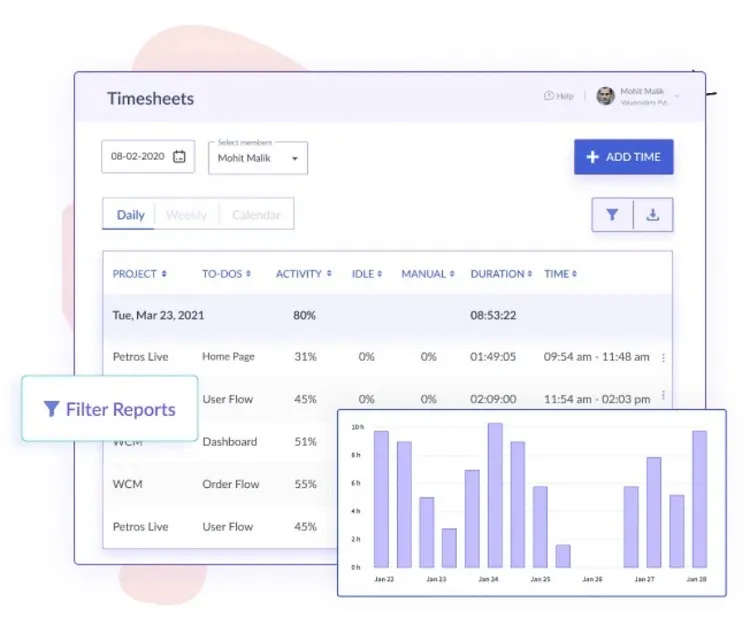
Workstatus can help you effectively manage your employees, wasting no time with these features!
Closing Thoughts
While AI has been with us for a while, it is only recently that businesses have understood and implemented the benefits of this technology.
In particular, AI can be extremely useful in detecting employee violations.
The top 8 ways we’ve listed are just a taste of what AI can do to make the process easier and more accurate.
If you need a comprehensive solution that can detect employee violations quickly and accurately, look no further than Workstatus.
Many great features make Workstatus stand out from other AI-based tools.
Whether it’s a unique face detection feature or powerful reporting tools, Workstatus is the perfect solution for organizations looking to improve their productivity and maximize efficiency.

So why wait? Sign up for a free trial today and experience the power of Workstatus for yourself!
FAQs
Ques. How does AI detect employee violations?
Ans. AI uses algorithms and machine learning to analyze data and identify patterns that indicate employee violations, such as fraud, harassment, or data breaches. This can include monitoring employee behavior, network activity, and communication.
Ques. Can AI completely replace human oversight in detecting employee violations?
Ans. No, AI cannot completely replace human oversight in detecting employee violations. Human judgment is still necessary to review AI-generated alerts and determine whether or not a violation has occurred.
Ques. What are the benefits of using AI to detect employee violations?
Ans. Using AI to detect employee violations can help companies identify potential issues faster and more accurately than relying on manual monitoring. This can help prevent further damage and protect company assets and reputation. It can also help reduce the workload for human supervisors and allow them to focus on more complex tasks.



